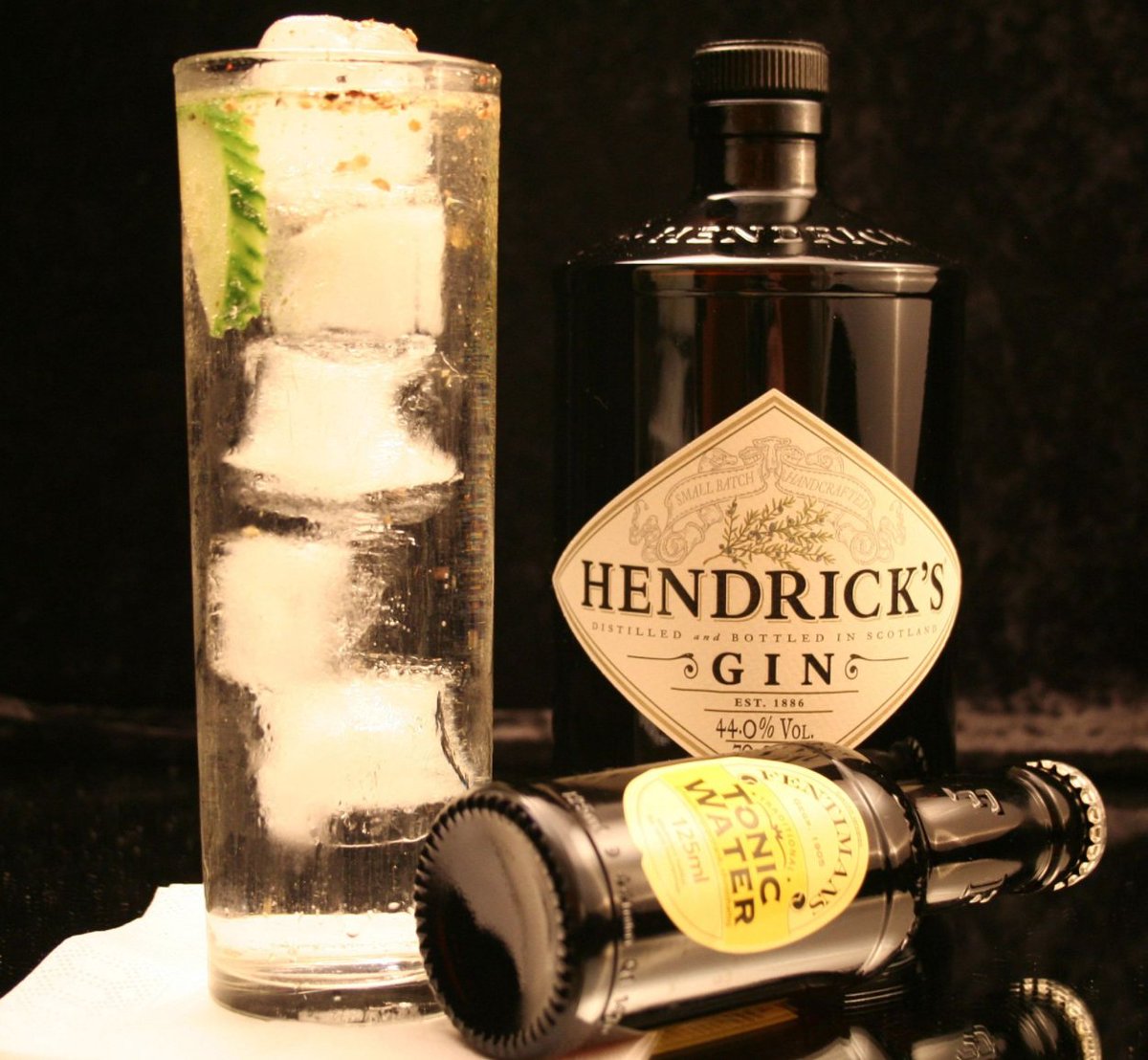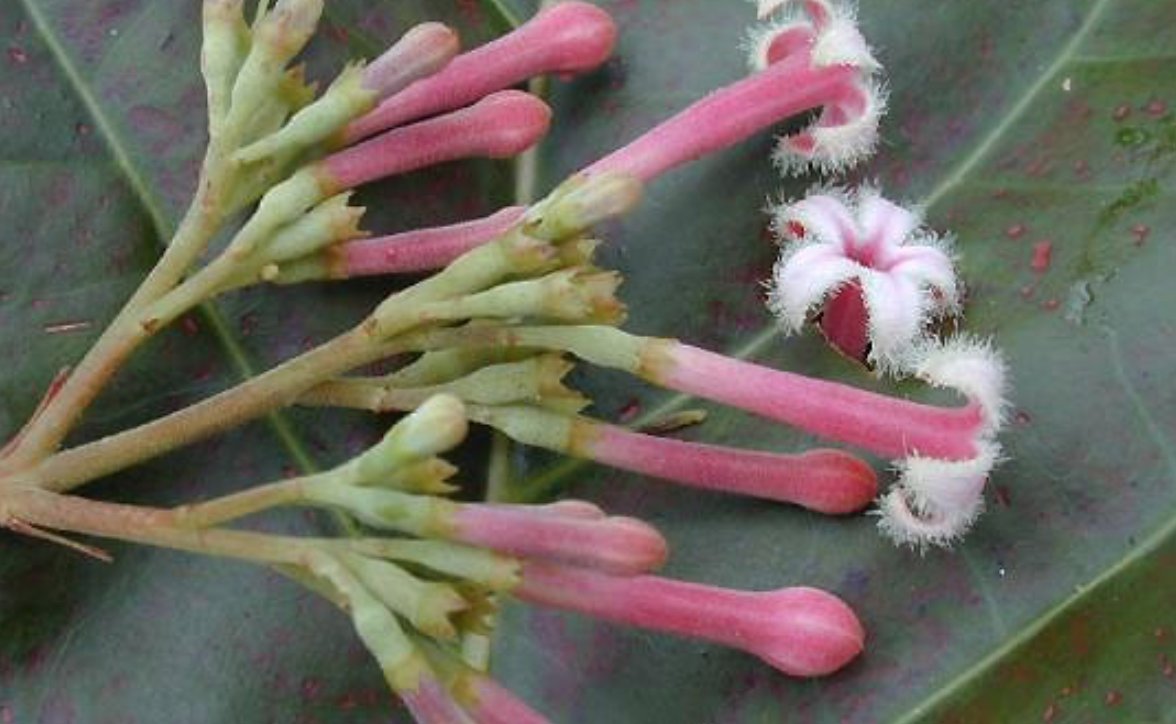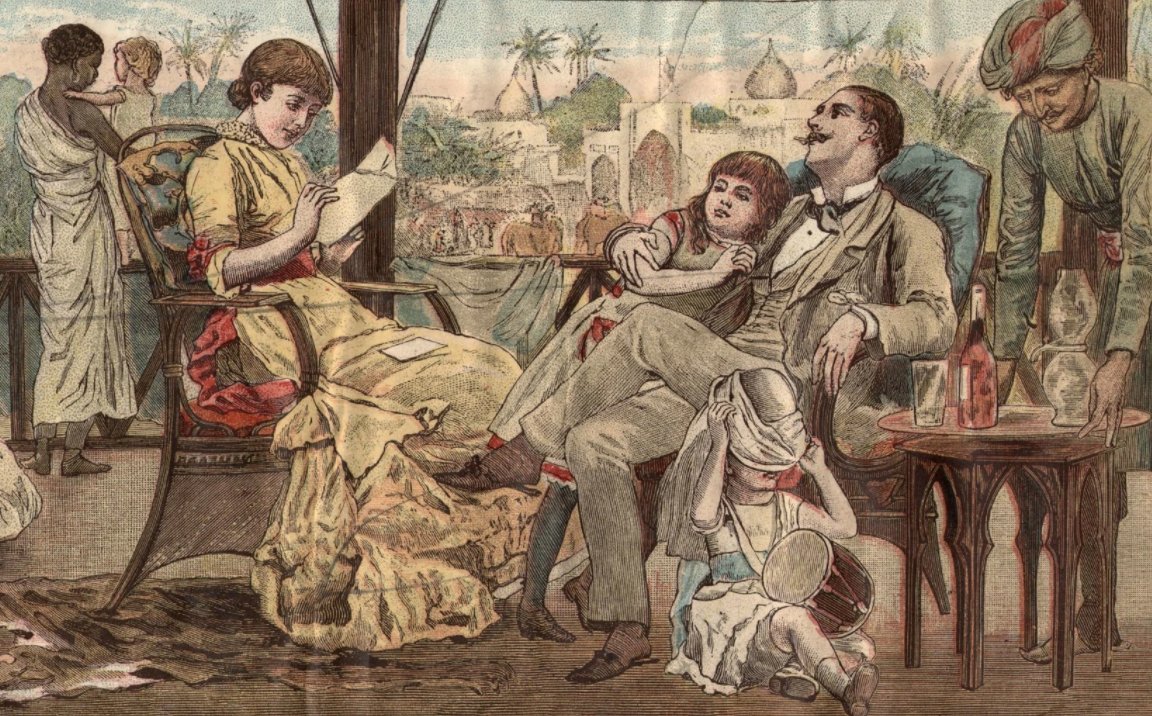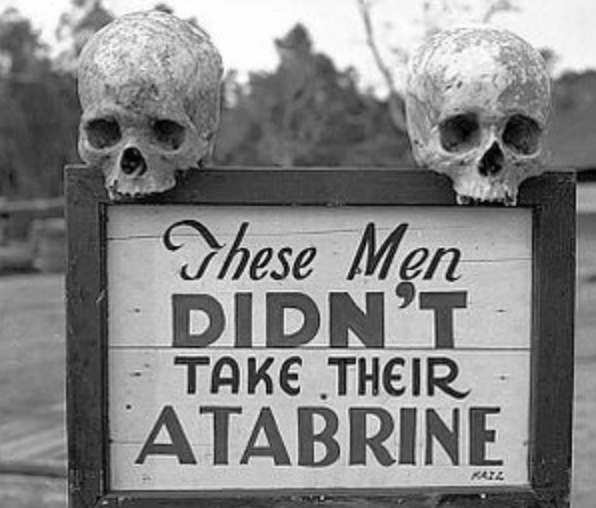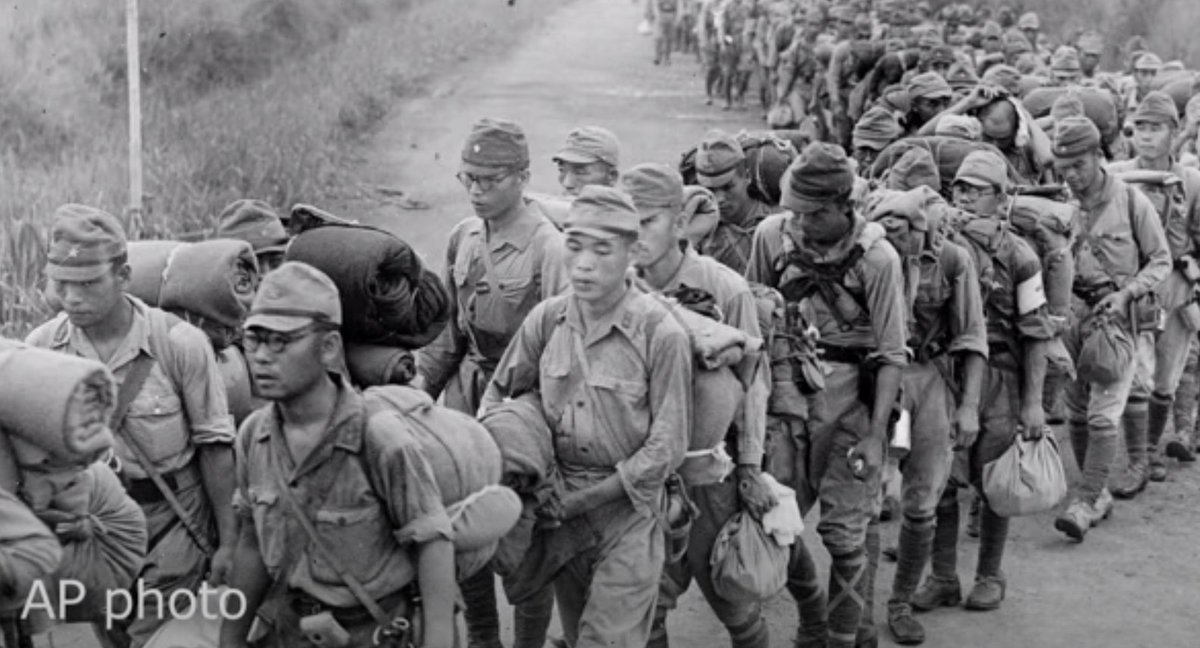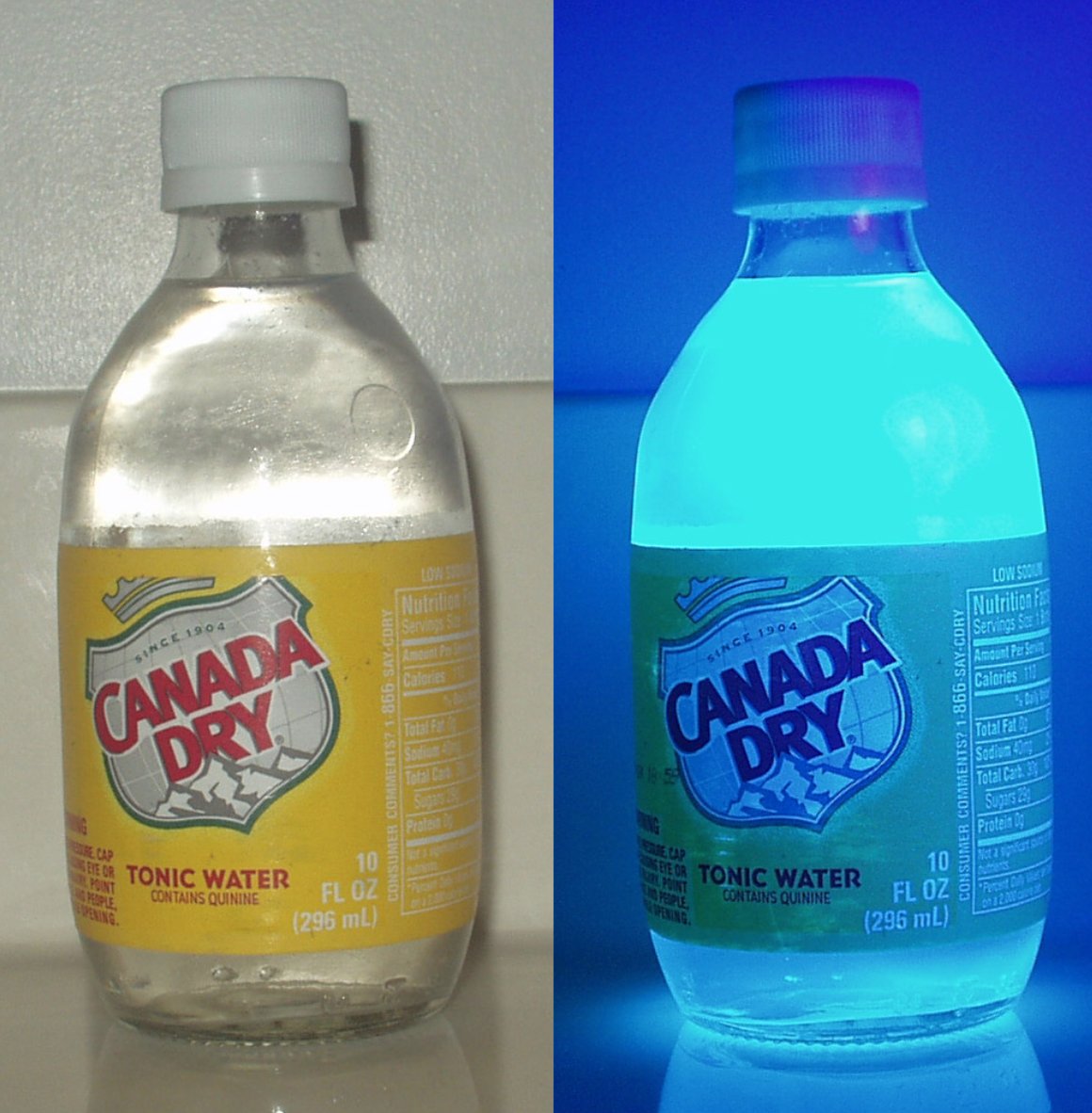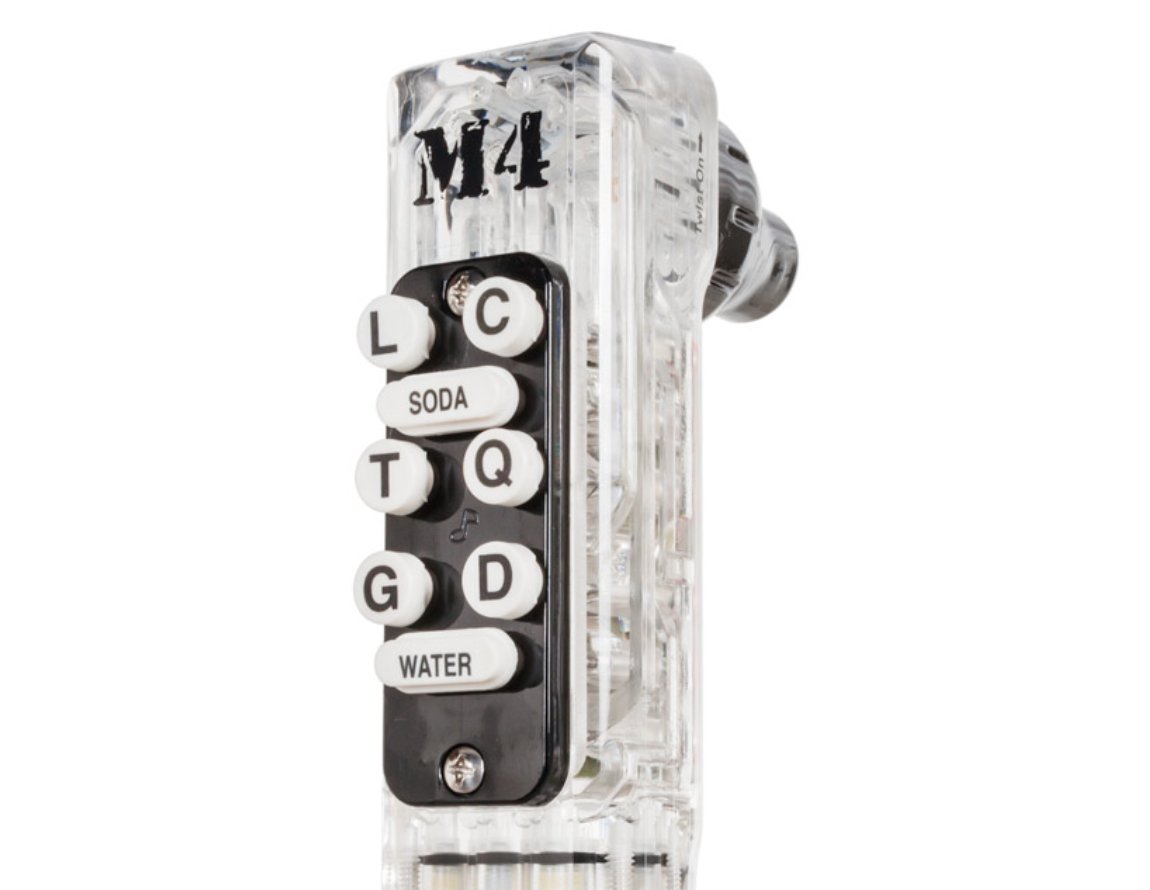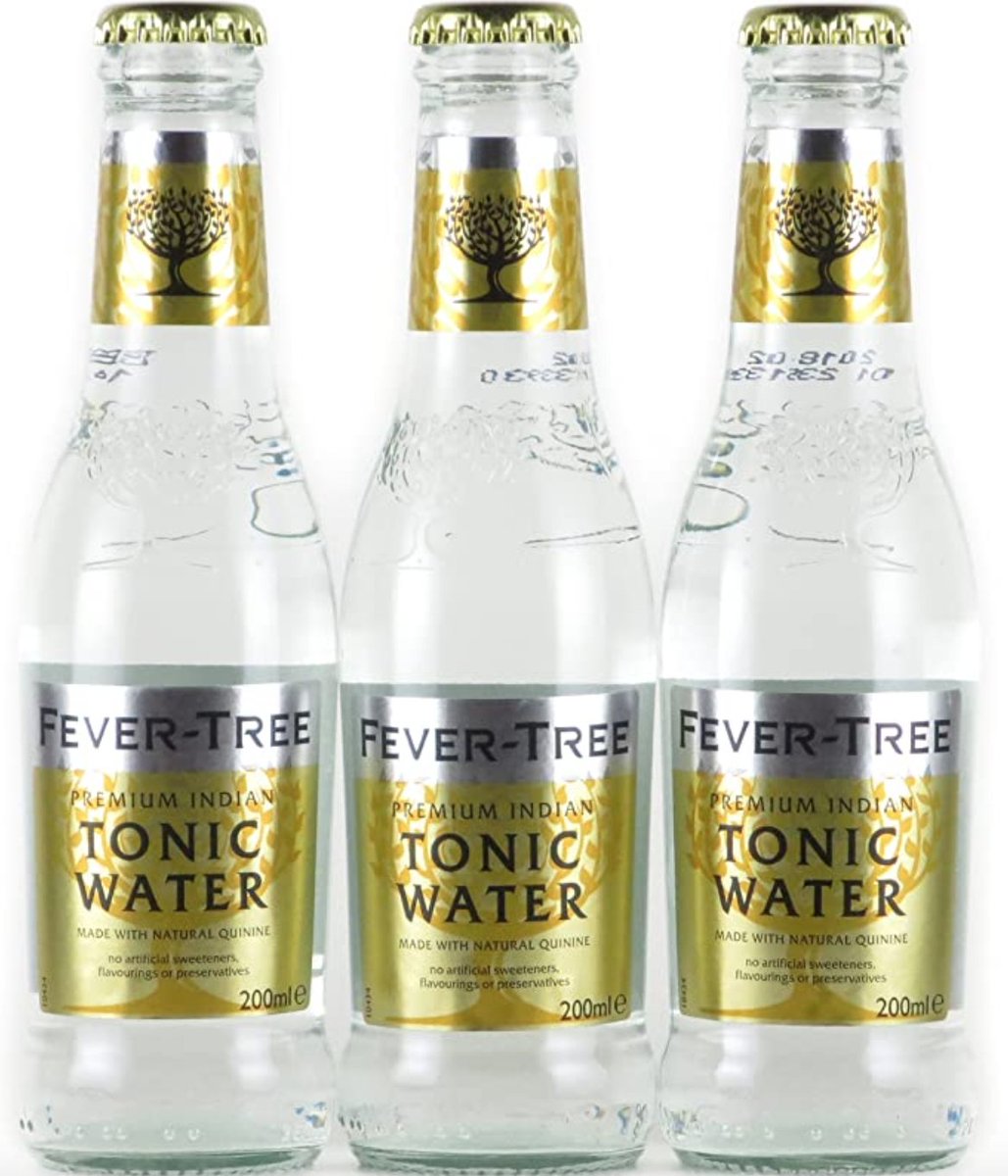Booze thread! A good gin and tonic goes down very nicely indeed during the torrid days of August. But nearly all G&Ts made in Japan lack an essential ingredient: quinine
Quinine is an antimalarial compound discovered in the 17th century in the bark of the cinchona (quina) tree of South America; it was known as Jesuits& #39; bark after missionaries began using it in the 1630s. Local people were likely using it before them, however...
According to one legend, "an Indian with a high fever was lost in an Andean jungle. Thirsty, he drank from a pool of stagnant water and found that it tasted bitter. Realizing that the water had been contaminated by the surrounding quina-quina trees he thought he was poisoned...
Surprisingly, his fever soon abated, and he shared this accidental discovery with fellow villagers, who thereafter used extracts from the quina-quina bark to treat fever" ( https://malariajournal.biomedcentral.com/articles/10.1186/1475-2875-10-144);">https://malariajournal.biomedcentral.com/articles/... centuries later, quinine& #39;s precise mechanism of action is unclear...
In the 1800s, British colonialists in India mixed quinine with water, sugar, gin and lime to cut its astringency, and the G&T was born. Ironically, the bitterness has been lost in some modern tonics that replace quinine with high-fructose corn syrup, killing the gin fragrance...
During World War II, a stable supply of quinine was essential for keeping troops healthy in malarial regions. When Japan occupied the Dutch East Indies in 1942, it cut off quinine supplies to the Allies. This sparked a frantic U.S. program to get quinine from Latin America...
After war broke out, the U.S. imported about 30 mil. pounds of bark from Latin America, writes historian @nicocuvi, adding the Cinchona Program "was the most intensive and extensive scientific exploration of a single medicinal plant in the history of mankind." The expeditions...
were hailed as a success, and U.S. chemists synthesized quinine in 1944. Despite controlling supplies in the Pacific theater, though, Japan& #39;s forces suffered greatly from malaria: by one estimate, some army units were 90% combat ineffective due to malaria and dysentery...
Today, tonic water produced in Japan doesn& #39;t have quinine, apparently due to costs and potential side effects, e.g. nausea, from large amounts. That& #39;s unfortunate not only because of the loss of taste and fragrance, but it also fluoresces under ultraviolet light, which is cool...
(Another fun fact: the "Q" on soda gun buttons in Western bars stands for quinine (tonic water); L is lemon-lime, C is cola, T is Tab or Diet Coke, G is ginger ale, and D is diet cola)
Anyway, if you want to try a homemade jinnantonikku with quinine in Japan you& #39;ll have to skip Asahi& #39;s Wilkinson& #39;s tonic water and try an import like Fever Tree. More on Japan G&Ts here from @coldicott -- bottoms up! https://www.japantimes.co.jp/life/2008/08/22/food/the-perfect-gin-and-tonic/">https://www.japantimes.co.jp/life/2008...

 Read on Twitter
Read on Twitter